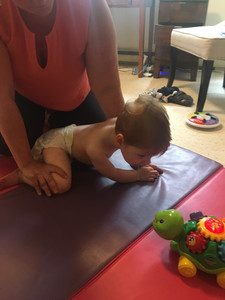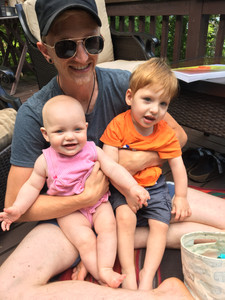

Alison Wilson
Dec 23, 20193 min read


Alison Wilson
Nov 26, 20191 min read


Mike Wilson
Nov 21, 20193 min read


Mike Wilson
Nov 12, 20191 min read


Mike Wilson
Nov 7, 20191 min read


Alison Wilson
Nov 5, 20191 min read


Alison Wilson
Nov 4, 20191 min read


Alison Wilson
Nov 3, 20191 min read


Alison Wilson
Nov 2, 20191 min read


Mike Wilson
Nov 1, 20191 min read


Mike Wilson
Oct 31, 20193 min read


Alison Wilson
Oct 30, 20191 min read
Alison Wilson
Oct 28, 20192 min read


Alison Wilson
Oct 27, 20192 min read


Alison Wilson
Oct 26, 20191 min read


Alison Wilson
Oct 24, 20193 min read


Alison Wilson
Oct 12, 20191 min read


Alison Wilson
Oct 7, 20192 min read


Alison Wilson
Oct 2, 20191 min read


Mike Wilson
Sep 21, 20192 min read


Alison Wilson
Sep 5, 20192 min read


Alison Wilson
Aug 15, 20192 min read


Alison Wilson
Jul 29, 20191 min read


Alison Wilson
Jul 19, 20191 min read


Alison Wilson
Jul 10, 20192 min read


Alison Wilson
Jun 13, 20192 min read


Alison Wilson
Jun 11, 20193 min read


Alison Wilson
Apr 28, 20191 min read


Alison Wilson
Apr 22, 20193 min read


Mike Wilson
Apr 20, 20196 min read


Alison Wilson
Apr 4, 20193 min read


Alison Wilson
Feb 22, 20191 min read


Alison Wilson
Feb 13, 20193 min read


Alison Wilson
Jan 22, 20191 min read


Alison Wilson
Jan 17, 20195 min read




















































































